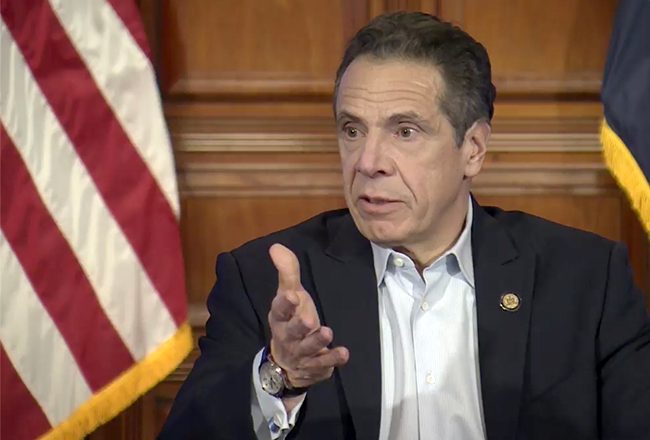A panel of 45 economists around the U.S. says the country is already in a recession and will remain there through at least the second quarter.
 The consensus of the survey, produced by the National Association for Business Economics (NABE), is that “real GDP declined at an annualized rate of 2.4% in the first quarter of 2020, and will shrink at an annualized rate of 26.5% in the second quarter,“ said NABE President Constance Hunter, who is also the chief economist at KPMG.
The consensus of the survey, produced by the National Association for Business Economics (NABE), is that “real GDP declined at an annualized rate of 2.4% in the first quarter of 2020, and will shrink at an annualized rate of 26.5% in the second quarter,“ said NABE President Constance Hunter, who is also the chief economist at KPMG.
“The panel is optimistic about a return to economic growth in the latter half of 2020, anticipating an annualized real GDP growth rate of 2% in the third quarter,” she said. “Despite a sharp deterioration in labor market conditions, the median forecast suggests conditions will improve by the end of the year with support from aggressive fiscal and monetary stimulus, as panelists expect the Federal Reserve to hold steady on near-zero interest rates through 2021.”
The median forecast calls for annualized real GDP growth of -2.4% in Q1 and -26.5% in Q2 2020. After modest growth of 2% in Q3, the median forecast calls for growth to strengthen to 5.8% in Q4 and 6% in Q1 2021. NABE noted that the range between high and low forecasts was “quite large,” however, indicating a lack of consensus about the shape of the recovery.
The panel also anticipates the midpoint of the federal funds rate will remain at its current 0.125% level and that yields on the 10-year Treasury note will remain low. The median panel forecast calls for the 10-year Treasury yield to hold at 0.7% in Q2, with little change in Q3. Panelists expect the yield to end 2020 at 0.9%, drifting up to 1.5% by year-end 2021.
In addition, the unemployment rate is expected to spike, and payroll employment is forecast to shrink significantly. The Q2 2020 median projection for monthly nonfarm payroll employment is a loss of 4.58 million jobs. After averaging 3.8% in Q1, the median unemployment rate projection for Q2 is 12%. The unemployment rate is expected to fall back to 9.5% at the end of 2020, and stand at 6% at year-end 2021.
The weakened labor market is expected to serve as a drag on consumer spending, as measured by real personal consumption expenditures (PCE). The median forecast for PCE growth, however, does not turn negative, since consumers will continue to purchase necessary items. Panelists expect a 1% annualized growth rate of PCE on average over the last three quarters of 2020, increasing to a quarterly average of 1.6% growth in 2021
The survey was conducted April 3-7.




















